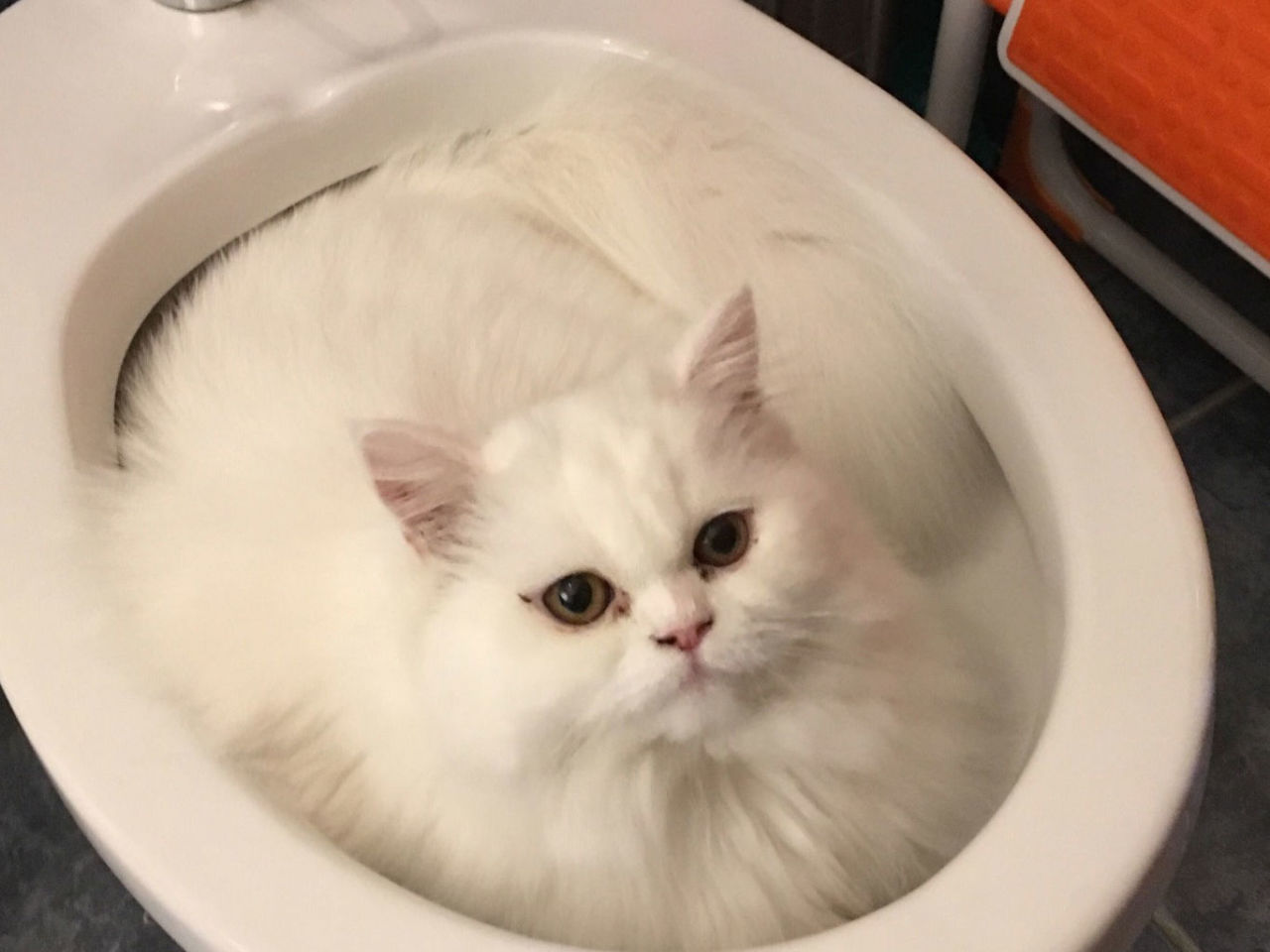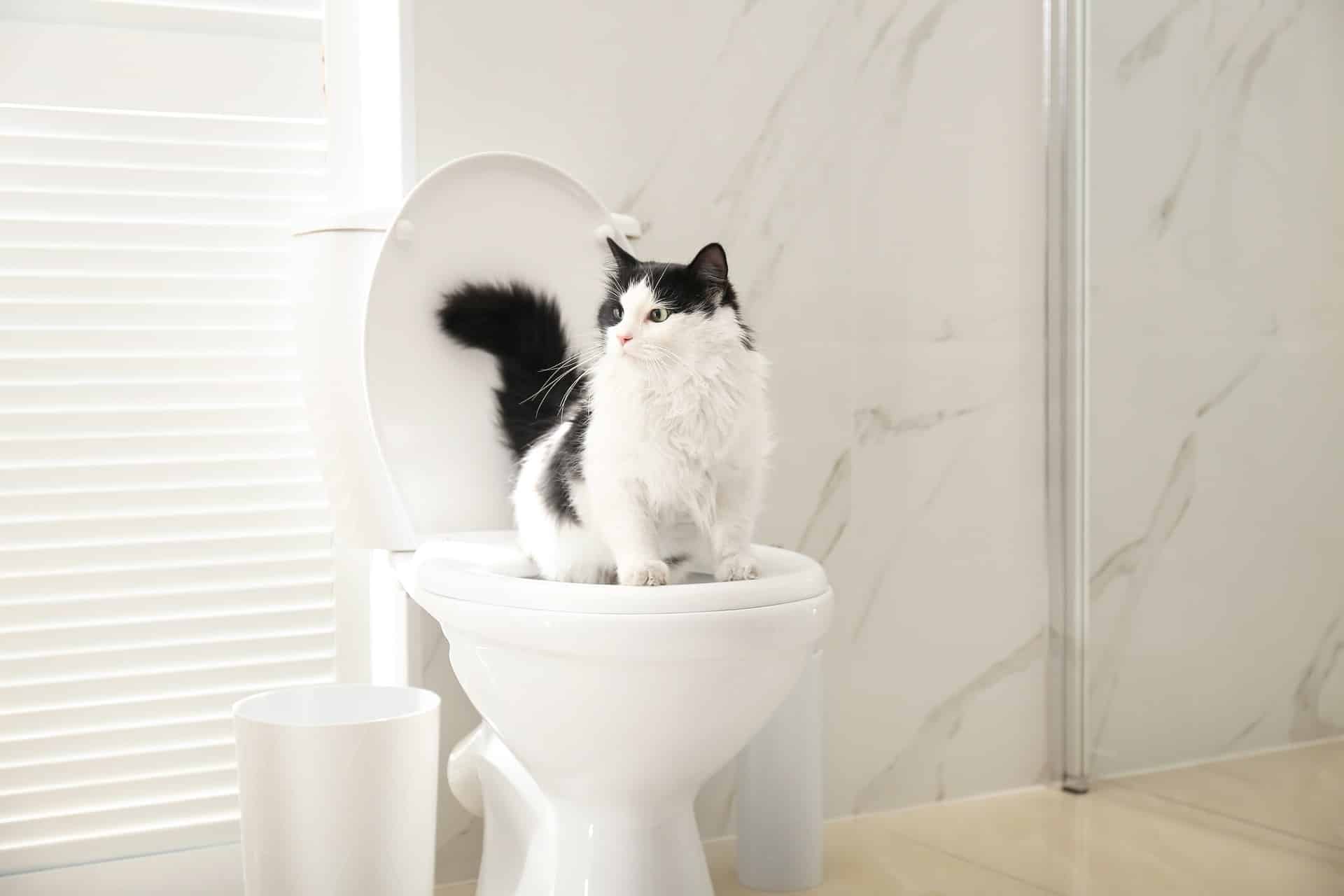Uncovering the Dangers of Flushing Animal Waste Down the Toilet
Uncovering the Dangers of Flushing Animal Waste Down the Toilet
Blog Article
What're your ideas regarding 4 Reasons Why Dog Poop Cleanup is Important?

When it pertains to getting rid of waste, specifically animal waste, many people typically consider the hassle-free option of flushing it down the bathroom. Nevertheless, this apparently easy solution can have major repercussions for the setting and public health. In this write-up, we'll explore why flushing animal waste down the toilet is a negative concept and provide alternative techniques for appropriate disposal.
Introduction
Appropriate garbage disposal is critical for keeping ecological sustainability and public health. While it might seem harmless to flush animal waste down the commode, it can bring about different problems, both for the environment and human health.
Dangers of flushing animal waste
Ecological impact
Flushing pet waste presents unsafe microorganisms and virus right into rivers, which can negatively affect aquatic environments. These pathogens can contaminate water resources and damage marine life, disrupting fragile communities.
Public health concerns
Pet waste consists of unsafe germs such as E. coli and Salmonella, which can present serious health risks to humans. Flushing animal waste down the toilet can contaminate water supplies, leading to the spread of conditions and infections.
Alternatives to flushing
Rather than flushing pet waste down the commode, there are a number of alternative disposal approaches that are a lot more environmentally friendly and sanitary.
Composting
Composting animal waste is an environmentally friendly means to take care of it. By composting, raw material is broken down into nutrient-rich dirt, which can be used to feed gardens and plants.
Landfill disposal
Taking care of pet waste in a land fill is another alternative. While not as environmentally friendly as composting, it is a safer option to flushing, as it prevents the contamination of water resources.
Pet garbage disposal systems
There are specialized pet dog waste disposal systems offered that securely and hygienically get rid of pet waste. These systems typically use enzymes to break down waste and get rid of smells.
Steps to appropriate pet waste disposal
To make certain correct disposal of animal waste, follow these actions:
Scooping and bagging waste
Frequently scoop and bag animal waste utilizing biodegradable bags. This stops waste from infecting the environment.
Using assigned waste containers
Dispose of bagged pet waste in designated waste bins, such as garden compost containers or landfill bins. Prevent flushing it down the commode at all prices.
Cleaning litter boxes and family pet locations regularly
Frequently tidy can and pet dog areas to prevent the accumulation of waste and bacteria. Usage pet-safe cleansing items to preserve hygiene.
Advantages of correct disposal methods
Adopting proper disposal approaches for pet waste offers several advantages:
Minimized environmental pollution
Appropriate disposal methods reduce the risk of environmental pollution, safeguarding waterways and environments from contamination
Decreased threat of water contamination.
By staying clear of flushing pet waste down the commode, the threat of water contamination is significantly reduced, safeguarding public health.
Improved sanitation and health
Proper disposal techniques promote better sanitation and health, developing a safer setting for both human beings and pets.
Verdict
Finally, purging animal waste down the toilet is hazardous to the environment and public health. By taking on different disposal techniques and complying with proper waste monitoring techniques, we can lessen the adverse influence of animal waste and contribute to a cleaner, much healthier world.
What To Do With Dog Poo – The Do's And Don'ts Of Disposing Of Faeces
Dog poo bins
Some councils provide dedicated dog waste bins in popular dog-walking areas that can take dog poo that has been bagged but you can legally dispose of dog waste in any public litter bin, as long as it is securely bagged. This also applies to your wheelie bin at home.
Do not flush
Water companies do not recommend flushing dog faeces down the toilet because certain parasites can survive the water processing treatment and are potentially harmful to humans. You should also never consider flushing dog poo that has been bagged down the toilet as the bags will not break down and instead create severe blockages in the sewage system.
In the woods
The Forestry Commission promotes a ‘stick and flick’ method for dealing with waste in the woods. This means finding a stick and using it to flick any poo from off the path so that it is out of the way of other walkers. You could also bury it as long as it is not in an area where there might be livestock.
Livestock
Parasites found in dog poo can be transmitted to livestock if they inadvertently eat infected faeces that has been left on grazing land. This could result in the death of sheep or abortion in cattle so you should always make sure you pick up your dog’s waste in fields where livestock could be present.

As a fervent person who reads on 4 Reasons Why Dog Poop Cleanup is Important, I was thinking sharing that piece of content was sensible. Don't hesitate to take the time to distribute this blog entry if you enjoyed it. We take joy in your readership.
Visit Our Website Report this page